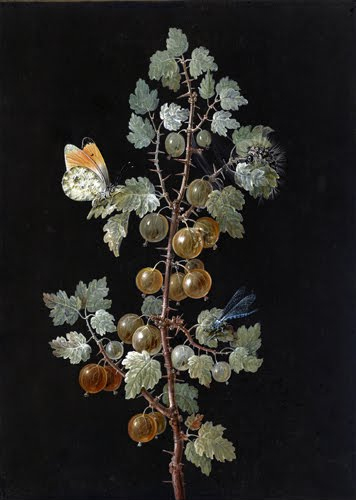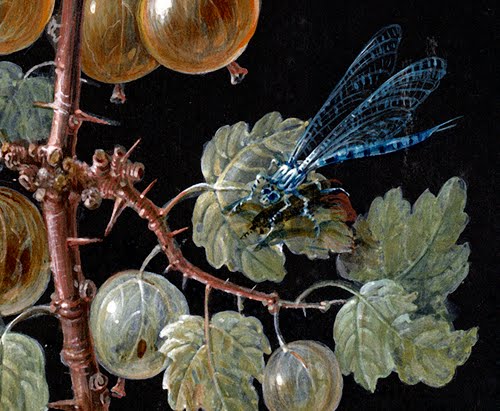Women, Restriction, and Art History: Barbara Regina Dietzsch
I have previously mentioned in this blog my observation that even though women artists are not covered adequately in art history surveys, they nonetheless were an integral part of art history. I said it once and I’ll say it again: there has been no period in history throughout the planet Earth that women have not been an IMPORTANT CONTRIBUTION TO ART. That all said, I find the historical restriction of women from art schools (up until, more or less, the 19th century) ridiculous.
As human beings, some of us (artists) are given the gift of acute observation and the ability to record that in a work of art. This is certainly the case with Barbara Regina Dietzsch. There were pockets where women artists flourished before the 1800s, and one of them was Nuremberg in Germany. I can’t decide what I admire more about this woman’s work: her technical ability or that she flourished as an artist at a time when it was difficult for women to do so.
 |
| Barbara Regina Dietzsch (1706–1783, Germany), A Branch of Gooseberries with a Dragonfly, an Orange-Tip Butterfly, and a Caterpillar, 1725–1783. Gouache over graphite on prepared vellum, overall: 11 5⁄16" x 8 1⁄16" (28.7 x 20.4 cm). © National Gallery of Art, Washington, DC. (NGA-P1141) |
Dietzsch was the daughter of artist Johann Israel Dietzsch (1691–1754) from whom she probably learned her profession, and the sister to five brothers who were also all artists. During the late Baroque period, it was common for women artists to be trained by their artist fathers. It was also common to restrict them from the studies that male students undertook; studies after nude models being the biggest hurdle for women (though activities such as simply leaving the house unescorted were also frowned upon).
Naturally (and I say that not as a pun), women artists were encouraged to focus on still life, portraits, and studies of nature. This opened up to them the popular genre of botanical studies, which I feel is closely aligned to still life. From the Renaissance through the 1700s, close studies of nature were, not surprisingly, wedded to the belief that all of creation was a reflection of the divine. In Post-Reformation (ca. 1520s) Northern Europe, the compendiums of botanical studies were called Floralegia. This connection between divinity and nature is called physico-theology, an important movement in the Reformation in Northern Europe.
Although Dietzsch’s studies of birds, bugs, and flowers are painstakingly realistic, they differ from purely botanical studies in that they do not include peripheral studies of seeds, petals, etc. Dietzsch’s work was immensely popular in Northern Europe. Ironically she was asked by several courts in Germany to be the court artist but she declined, perhaps because that would have restricted her freedom as an artist. She worked steadfastly day and night, to the point where neighbors claimed she never left her home in Nuremberg.
All of her work was based on observation from nature. Her typical format was like this work from the National Gallery of Art in Washington, DC: the subject isolated on a neutral background. The vellum ground helped her achieve nuances in texture. Such studies of nature were avidly collected by the upper-middle class in northern Europe to be displayed in cabinets or collected in albums. One viewer of her works in a cabinet said that the cumulative effect was like looking at a garden.
 |
| Barbara Regina Dietzsch, A Branch of Gooseberries with a Dragonfly, an Orange-Tip Butterfly, and a Caterpillar, detail, 1725–1783. |
Activity: Paint a colorful garden using primary (red, yellow, blue) and secondary (orange, purple and green) colors. Look for lines and shapes for inspiration, and try not to be too concerned with background detail, as Dietzsch was not, in order to highlight the garden itself. (Explorations in Art 1E Grade 2, lesson 1.3)
Correlations to Davis programs: Explorations in Art Grade 1: 4.19, 4.20; Explorations in Art Grade 2: 1.2, 1.3; Explorations in Art Grade 5: 4.19.


Comments